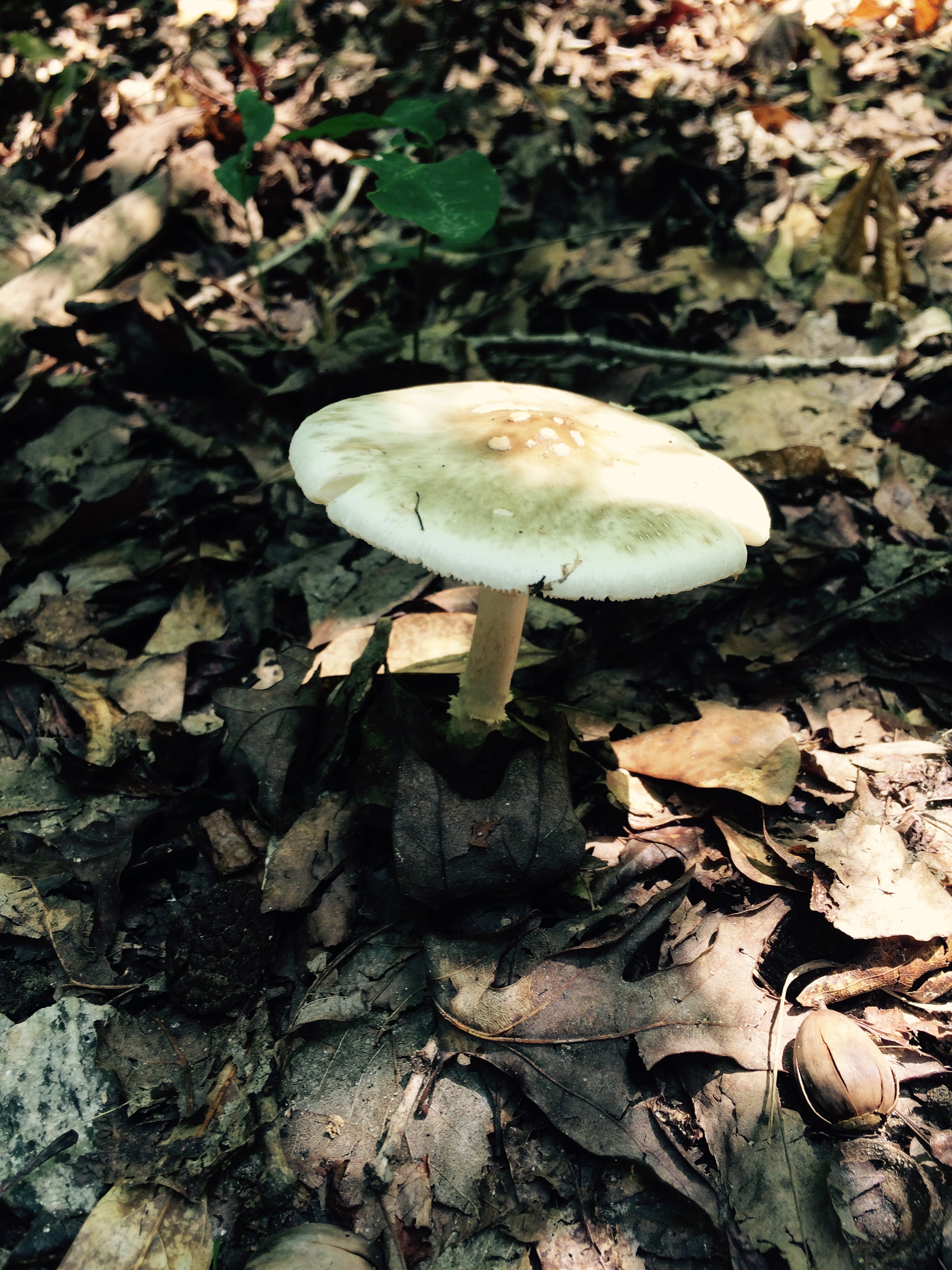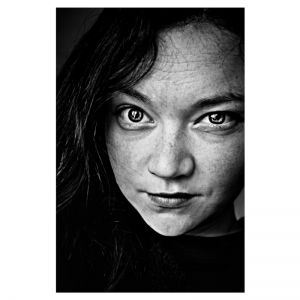Last week when my husband and I took a trip to a small lake to rock climb, I found a walking stick. I’d been looking for one for over a year–a tall, slender, sleek stick that I could hold in my hand as we hike.
It was laying there in the woods, right off the path. I saw the smooth skin beneath the brown bark and I grabbed it right away. It was the perfect height, the perfect thickness, the perfect color. I knew it was for me.
I sincerely believe in ebenezers–signs that I have seen and known God. In fact, they are strewn throughout my upcoming book, moments in my life in which God has spoken something over me and given me some sort of momento from which to remember that glimpse of Kingdom.
That day at the cliff, I carried this walking stick around with me. I found a rock shaped perfectly for peeling the bark off, so after we climbed I sat down and began breaking off the bark bit by bit. I felt like I was living into this small bit of my indigenous identity–using a rock instead of a knife or sandpaper to get the bark off of this stick. It was therapeutic to find and use the tools nature had gifted me with.
As I broke off more and more of the bark there, and more and more of it when we got home, I felt like I was breaking pieces of old life off of myself. I was becoming something new, something smoother, something of a slightly different color, created for a different use.
Faith is breaking without knowing what comes next. Faith is trusting that what’s beneath everything is worth finding.
**************
COLOR.
I was born on Indian Territory in Oklahoma, and grew up living there and on reservations in New Mexico throughout my childhood. And when I was nine, my family was living in Missouri when my parents divorced and very quickly most experiences connected to my Potawatomi identity were shadowed.
When I was maybe 11 years old, my father took me to the Potawatomi Citizen Band tribal headquarters, where they took my picture and gave me an identification card, officially registering me on the tribal rolls of the Citizen Potawatomi Nation.
I didn’t understand as a child what was happening. I knew I was Native American, but I didn’t know, really, that it was something that was meant to mark my life, to guide my identity, to speak into my being, even into my faith. I was just a little girl with a name card.
I read an article on NPR recently that described a few of the many, many unique stories of people who are racially mixed in today’s America. I resonated with this in-between, a really difficult way of living into two realities but never feeling like I am fully either one. And speaking and writing into those spaces feels odd, too, and I tread lightly, constantly checking myself inside the journey I am called to, constantly checking myself in humility.
I’ve written about it before here, about how my identity is shifting, how I’m seeing things like the church in a new light and with a new tension.
When I shared the difficult split between my native and white identity, a friend on Twitter shared this with me:
“Native identity is not defined by color. We don’t have to fit into someone’s idea of what a Native should ‘look’ like.”
There are many layers to the “identity crisis” that biracial people face, and because my journey in embracing and delving into my own native identity is still pretty fresh, I’m feeling the tension of a white life and a native life clashing inside of me every single day.
But now when I look at that identity card, I carry all of my memories with me in it, good and bad, those that have stayed shadowed and those that have come back into the light. And so I walk in how I am colored today, in an identity that relates both to native people and to white people, to who I was and who I am becoming.
As I transform, as I see things the way I’m meant to see them within a native cultural lens, I am pulled further and further from an everyday American experience, and with that, of course, comes a lot of tension as well.
But because the culture of God knows no color, I am at home in God.
**************
CALL.
I first encountered the call into my native identity while we were hiking in Georgia. God spoke to me as we hiked, as I held and nursed my 1 year old baby. I was reminded of the women who walked the Trail of Tears and the Trail of Death, their memories somehow entering into mine, our lives becoming one. I left with them, and I’ve continued with them.
Since then, God has spoken to me in dreams, in the wind, in experiences that I didn’t think possible. So my view of God is stretched as I realize that God is capable of calling us into a journey we didn’t know we could be called into.
But with that comes a tension between who I am becoming and who the church has always been to me. Is it possible for a person to transform and the church to transform with it? Only time will tell, but I know that the people who are church to me during this season of my life are upholding me and walking with me in this, so I am never alone.
So while I may feel native and be native but look white, I remember that who I am called to be, who I was called to be that day at Sweetwater Creek, is beyond color, beyond hairstyle or clothing options. It is a lived reality in which I choose everyday to walk the path that God has set before me, and that means living as an indigenous Christian in an attitude of constant learning, constant journeying, identity transformation included.
Because we know that the call of God is sufficient and whole. The call of God is for us and never against us. The call is for us. Now.













